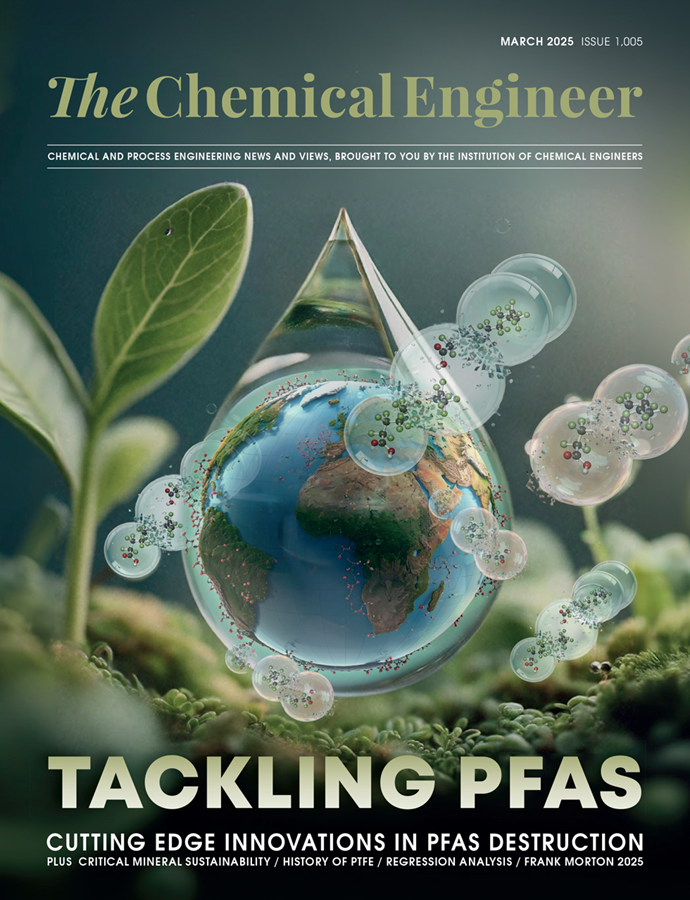Fusion progress as engineers make high-strength steel at scale

Race for commercialisation underway as new reactor deals signed and designers shortlisted
MORE than five tonnes of fusion-grade steel have been produced using an electric-powered furnace in Middlesbrough, the UK Atomic Energy Authority (UKAEA) has announced.
It is the first time the metal has been produced to high enough strength to withstand the extreme temperatures and neutron radiation of nuclear fusion reactors at an industrial scale.
The high-grade steel, 5.5 t of which was produced at the Materials Processing Institute in Middlesbrough, is able to withstand temperatures up to 650°C. It was produced by the NEURONE consortium, a collaboration between UK universities and UKAEA, in an electric arc furnace.
UKAEA estimates that producing fusion-grade steel in electric arc furnaces can reduce costs by a factor of 10. David Bowden, NEURONE programme lead and materials science and engineering group team leader at UKAEA, said the achievement “lays the foundation for cost-effective manufacturing of these types of fusion steel for future commercial fusion programmes”.
He added: “Developing these types of steel could also benefit adjacent industries that require high-strength, high-temperature structural steels, such as nuclear fission or petrochemicals.”
Major challenges
During nuclear fusion, neutrons and extreme heat radiate out from the reactor core, which can cause degradation to the external structure. Walls made from regular steel would have to be replaced frequently.
Finding suitable materials to build nuclear fusion plants has been one of the biggest hurdles to making fusion a viable way of generating grid-scale electricity.
The challenge is reflected by a 2024 survey from the Fusion Industry Association in which 14 out of the 38 private companies responding highlighted finding neutron resilient materials as a “major challenge” to achieving grid-scale power by 2030.
Meanwhile, the Materials Processing Institute is attempting to revitalise the UK steel industry through a newly-formed Steel Council. Once a cornerstone of the British economy, the UK steel industry employed around 320,000 people in the early 1970s, a far cry from the current figure of 33,700. A switch to electrified steelmaking, while a positive step for the UK’s decarbonisation plans, has made jobs even sparser for the likes of Tata Steel workers.
The government has committed £2.5bn (US$3.1bn) to rebuilding the industry and is leading the council alongside Materials Processing Institute. Working with the CEOs of British Steel, Tata Steel and Sheffield Forgemasters, the council plans to launch a strategy by the end of Q1 to boost production, competitiveness, and safeguard jobs and steel communities.
Major challenges
During nuclear fusion, neutrons and extreme heat radiate out from the reactor core, which can cause degradation to the external structure. Walls made from regular steel would have to be replaced frequently.
Finding suitable materials to build nuclear fusion plants has been one of the biggest hurdles to making fusion a viable way of generating grid-scale electricity.
The challenge is reflected by a 2024 survey from the Fusion Industry Association in which 14 out of the 38 private companies responding highlighted finding neutron resilient materials as a “major challenge” to achieving grid-scale power by 2030.
Meanwhile, the Materials Processing Institute is attempting to revitalise the UK steel industry through a newly-formed Steel Council. Once a cornerstone of the British economy, the UK steel industry employed around 320,000 people in the early 1970s, a far cry from the current figure of 33,700. A switch to electrified steelmaking, while a positive step for the UK’s decarbonisation plans, has made jobs even sparser for the likes of Tata Steel workers.
The government has committed £2.5bn (US$3.1bn) to rebuilding the industry and is leading the council alongside Materials Processing Institute. Working with the CEOs of British Steel, Tata Steel and Sheffield Forgemasters, the council plans to launch a strategy by the end of Q1 to boost production, competitiveness, and safeguard jobs and steel communities.
The birthplace of fusion will be…
Efforts in the US to commercialise fusion have also moved a step closer after Commonwealth Fusion Systems (CFS) announced plans to build a plant that will deliver electricity to the grid by early next decade.
CFS claims to be the world’s first company to develop plans to build a grid-scale fusion plant. The generator will be built in Chesterfield County, Virginia, which the company’s CEO Bob Mumgaard called the “birthplace of commercial fusion energy”.
CFS says their reactor, known as ARC, will generate around 400 MW of electricity for the grid, enough to power 150,000 homes. The company expects to generate at this capacity by the early 2030s.
Mumgaard described the announcement as a “historic moment”. He added: “In the early 2030s, all eyes will be on…Chesterfield County, Virginia, as the birthplace of commercial fusion energy.”
The ARC reactor will be built on land owned by Virginia energy company Dominion, while CFS will finance, build, and operate the plant.
This article is adapted from an earlier online version.
Recent Editions
Catch up on the latest news, views and jobs from The Chemical Engineer. Below are the four latest issues. View a wider selection of the archive from within the Magazine section of this site.




